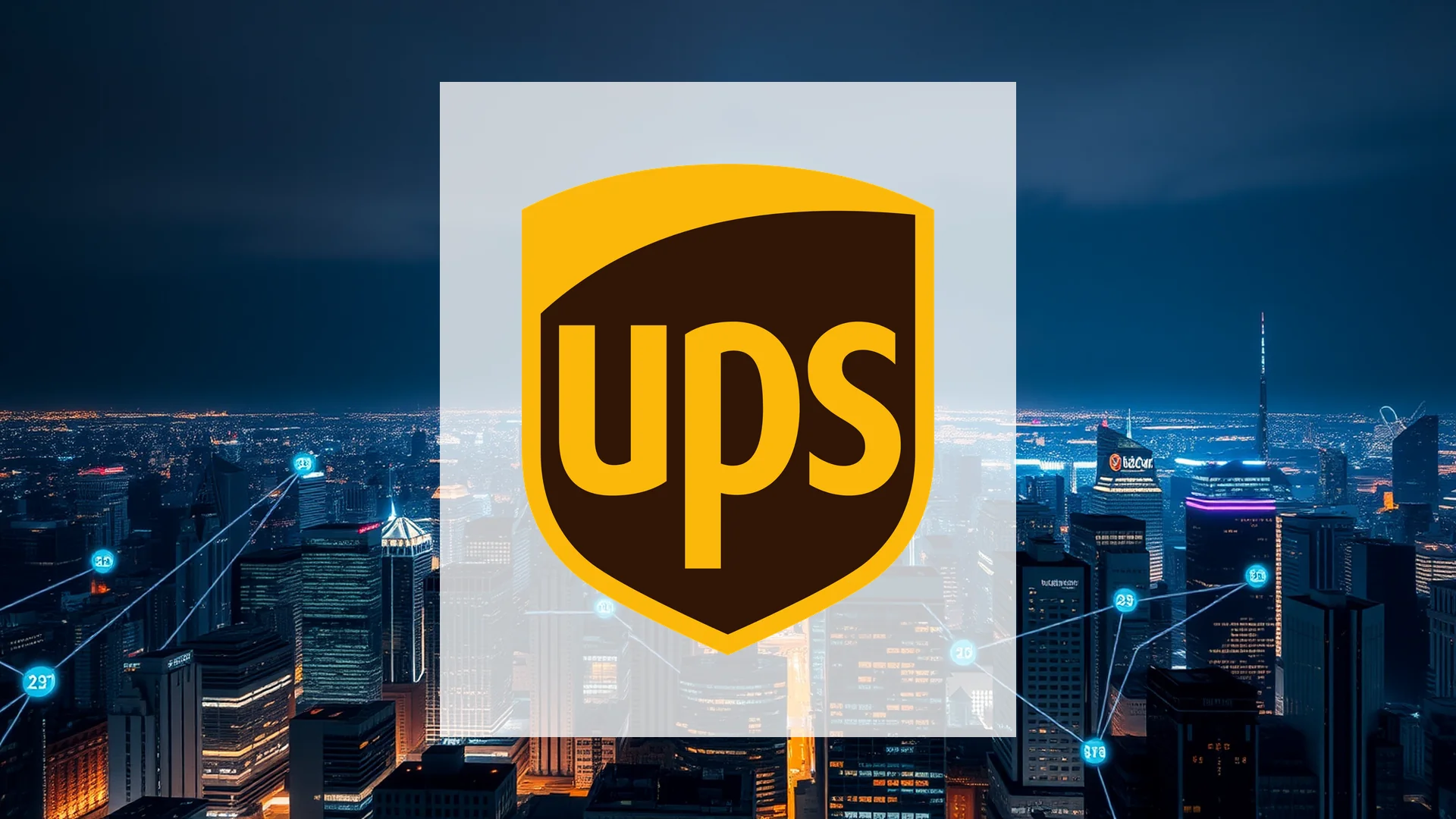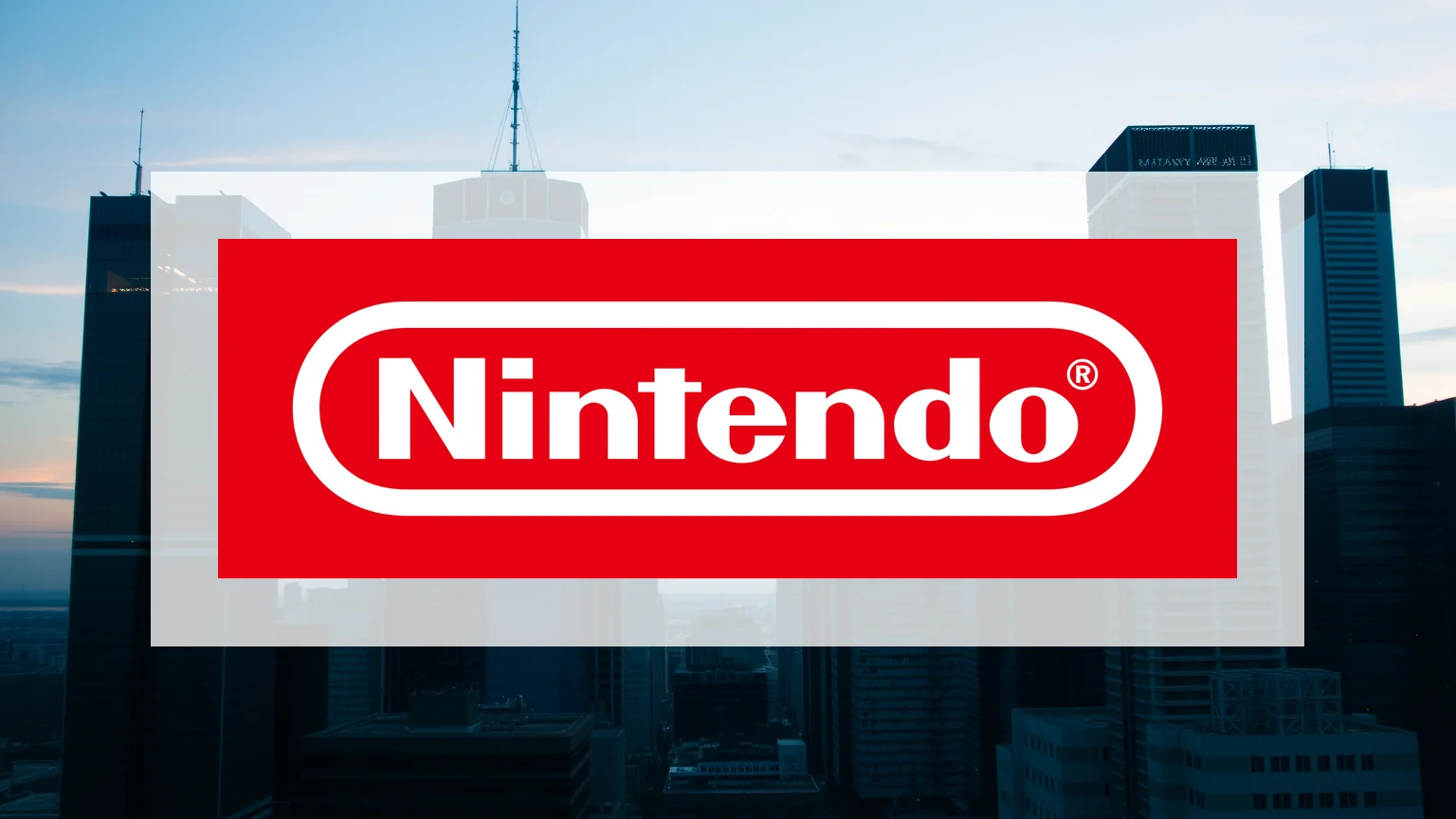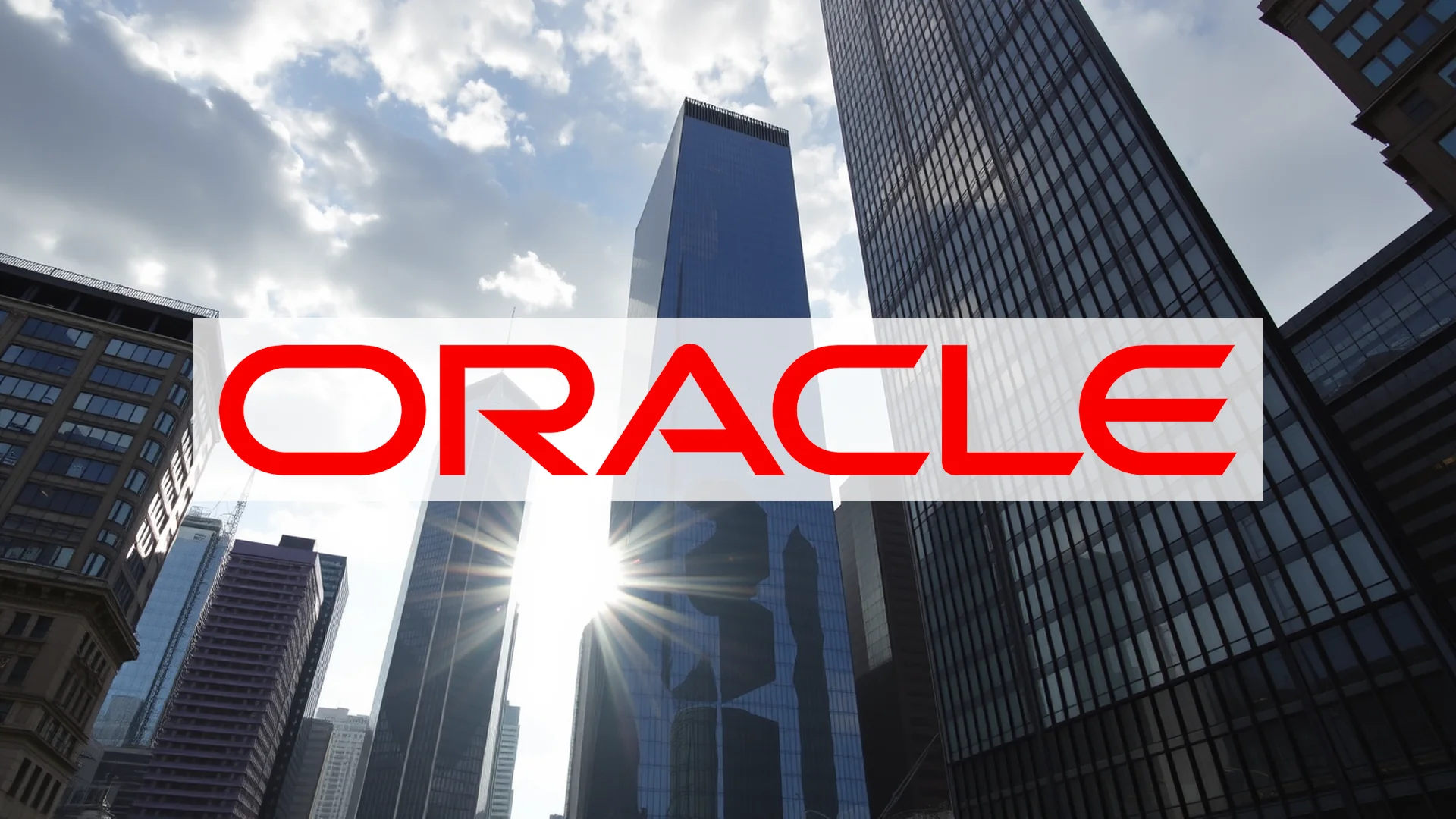In a strategic pivot that defies conventional wisdom, global logistics leader UPS is deliberately scaling back its relationship with its largest client, Amazon. The company plans to reduce its package volume from the e-commerce behemoth by more than half by the conclusion of 2026. While this move appears counterintuitive at first glance, management contends it is the pathway to a more profitable future, even if it involves short-term revenue contraction.
Profitability Over Volume
The core rationale behind this dramatic shift is straightforward: the profit margins on business from Amazon are insufficient. Instead of chasing sheer volume, UPS is reorienting its operations toward more lucrative market segments. A primary focus is the healthcare logistics sector, where services command significantly higher margins. This strategic redirection is underscored by the planned acquisition of the Andlauer Healthcare Group, positioning UPS to capitalize on this complex, high-growth market.
To support this transformation, UPS has initiated a rigorous cost-cutting program. The company is targeting substantial savings of $3.5 billion for the 2025 fiscal year. Achieving this goal will involve painful but necessary measures, including the closure of numerous facilities and the elimination of approximately 20,000 positions, all in the pursuit of greater operational efficiency.
Financial Performance Reflects Transition
Early financial results for the second quarter of 2025 illustrate the initial impact of this transition. The company reported a 2.7 percent decline in revenue, which settled at $21.2 billion. Furthermore, the adjusted earnings per share of $1.55 narrowly missed consensus forecasts from market analysts.
Should investors sell immediately? Or is it worth buying UPS?
Despite these headline figures, there are encouraging signs that the new strategy is beginning to yield results. A key metric, the revenue per package within the U.S. domestic business, has already shown improvement. This uptick provides initial evidence that focusing on higher-margin shipments is a viable strategy. In a show of confidence, the board has maintained its quarterly dividend payout of $1.64 per share and has already executed a $1 billion share repurchase.
Navigating an Uncertain Path Forward
The broader economic landscape remains a source of uncertainty, leading UPS management to refrain from issuing specific financial forecasts for the time being. This caution, combined with the inherent risks of such a fundamental business model change, has sustained investor skepticism. This sentiment is visibly reflected in the stock’s persistent downward trend.
Nevertheless, UPS is committing fully to its chosen path. The company is making a calculated bet that a smaller, more strategically focused operation will ultimately prove more profitable and sustainable than its former volume-driven approach. The success of this radical corporate restructuring will determine the logistics giant’s trajectory for years to come.
Ad
UPS Stock: Buy or Sell?! New UPS Analysis from November 16 delivers the answer:
The latest UPS figures speak for themselves: Urgent action needed for UPS investors. Is it worth buying or should you sell? Find out what to do now in the current free analysis from November 16.
UPS: Buy or sell? Read more here...










